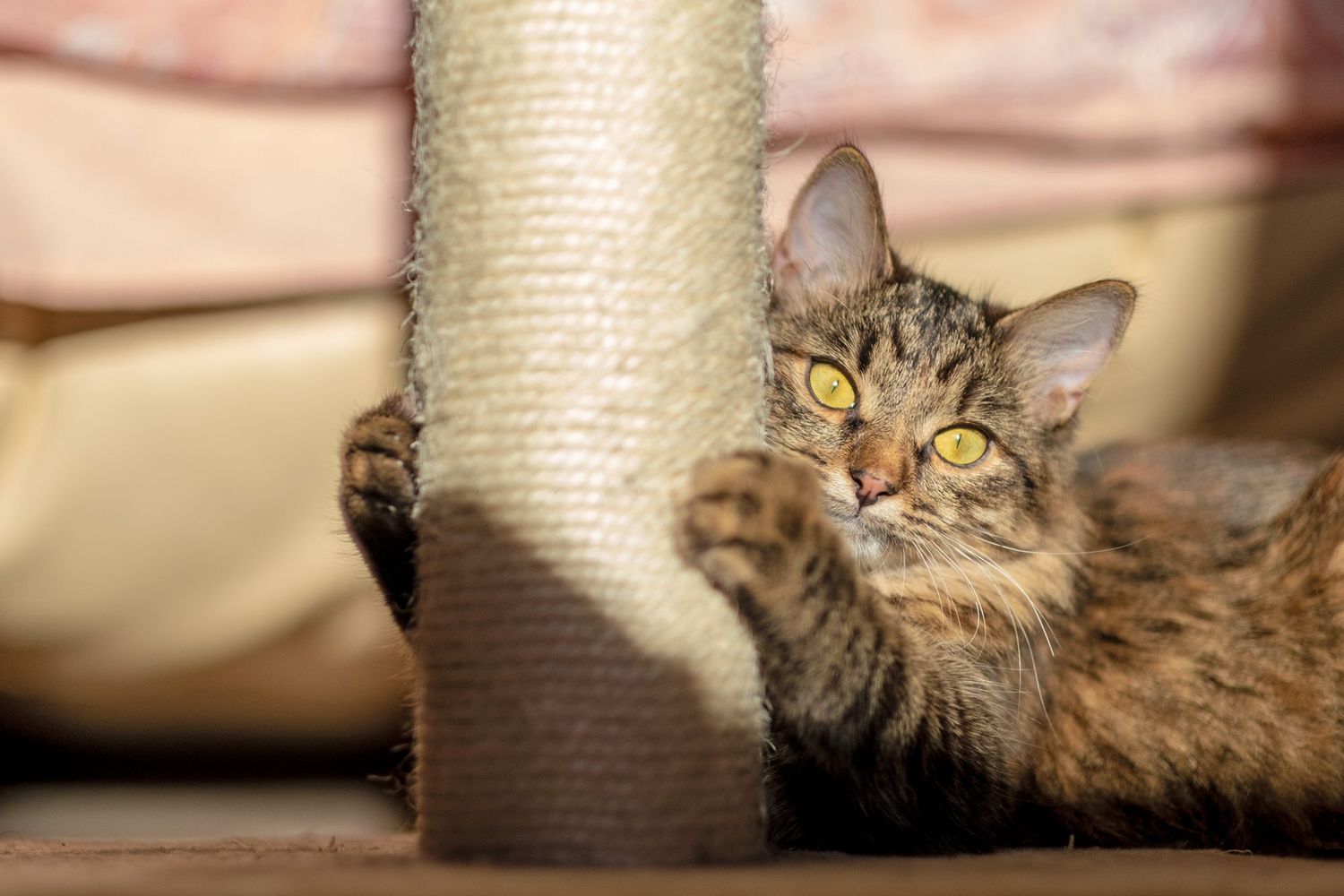

Articles
How To Prevent Cat Scratching Furniture
Modified: August 17, 2024
Learn effective ways to prevent your cat from scratching your furniture and keep your valuable pieces intact. Find out how to protect your furniture from cat scratching with our expert tips and tricks.
(Many of the links in this article redirect to a specific reviewed product. Your purchase of these products through affiliate links helps to generate commission for Storables.com, at no extra cost. Learn more)
Introduction
Cats are renowned for their independent and curious nature, but their natural instinct to scratch can wreak havoc on our beloved furniture. From shredded sofas to scratched tables, cat scratching can be a frustrating and costly problem for furniture owners. However, with the right approach, you can prevent your feline friend from turning your living room into a scratching post.
It’s important to understand that scratching is a natural behavior for cats. They scratch to stretch their muscles, shed the outer layer of their claws, and mark their territory. Rather than trying to completely eliminate this behavior, the focus should be on redirecting it. By providing appropriate scratching alternatives and implementing effective deterrents, you can successfully protect your furniture while ensuring your cat’s well-being.
Key Takeaways:
- Understanding your cat’s natural scratching instincts and providing suitable alternatives and deterrents can protect your furniture while ensuring your cat’s well-being.
- Creating a cat-friendly environment, training your cat, and seeking professional help if needed are essential strategies for preventing furniture scratching and maintaining a harmonious living space.
Read more: How To Train Cats To Not Scratch Furniture
Understanding Why Cats Scratch
To effectively prevent your cat from scratching your furniture, it’s essential to understand why they engage in this behavior in the first place. As mentioned earlier, scratching is a natural instinct for cats and serves several purposes.
Firstly, scratching helps cats stretch their muscles and keep them in good condition. It allows them to extend and retract their claws, which is crucial for maintaining agility and balance. Scratching also helps cats shed the outer layer of their claws, keeping them sharp and healthy.
Moreover, scratching is a means of communication for cats. When they scratch, they leave visible marks and release scent pheromones from glands in their paws. This serves as a territorial marker, signaling to other cats that the area is claimed.
Cats also scratch to alleviate stress and anxiety. The repetitive motion and physical exertion of scratching can help them release tension and feel more relaxed. In multi-cat households or situations with significant changes, such as moving to a new home, cats may resort to scratching furniture as a coping mechanism.
By understanding these motivations behind your cat’s scratching behavior, you can take appropriate measures to redirect their instincts and prevent damage to your furniture.
Providing Alternatives to Furniture
One of the most effective ways to prevent your cat from scratching furniture is to provide suitable alternatives. By offering enticing scratching surfaces, you can redirect their attention away from your valuable pieces. Here are some alternatives to consider:
- Scratching Posts: Invest in sturdy scratching posts that are tall enough for your cat to fully stretch their body. Opt for posts made of sisal rope or corrugated cardboard, as these materials are durable and satisfying for scratching.
- Scratching Pads and Mats: Place cat-friendly scratching pads or mats near your furniture. These can be placed on the floor or mounted on walls. Make sure to choose products that mimic the texture and feel of your furniture to entice your cat.
- Scratching Trees and Condos: Multi-level cat trees or condos provide not only a scratching surface but also a place for climbing, perching, and resting. They offer a variety of textures and angles for scratching.
To encourage your cat to use these alternatives, position them strategically in areas where your cat spends the most time. Additionally, sprinkle some catnip or use interactive toys to attract their attention and curiosity.
It’s important to note that every cat has their individual preferences, so be prepared to experiment with different types of scratching surfaces until you find the ones that your cat truly enjoys. By providing them with appealing alternatives, you can significantly reduce their desire to scratch furniture.
Utilizing Scratch Deterrents
In addition to providing alternative scratching surfaces, incorporating scratch deterrents can help dissuade your cat from targeting your furniture. These deterrents provide negative associations with scratching certain surfaces, making them less appealing for your feline friend. Here are a few options to consider:
- Double-Sided Tape: Placing double-sided tape on the edges of furniture can discourage your cat from scratching. Cats generally dislike the sticky texture on their paws.
- Aluminum Foil: Covering furniture with aluminum foil can create an unpleasant sound and texture when your cat scratches, deterring them from continuing the behavior.
- Commercial Sprays: There are various commercially available sprays that contain bitter or citrus scents, which are off-putting to cats. These can be sprayed on furniture to discourage scratching.
It’s important to consistently use these deterrents until your cat establishes a habit of using the appropriate scratching surfaces. Monitor their behavior and gradually remove the deterrents once they consistently redirect their scratching behaviors to the provided alternatives.
However, it’s crucial to avoid using any deterrents that are harmful or painful for your cat. Never resort to methods such as declawing or using physical punishment, as these can lead to serious health issues and damage the bond between you and your cat.
When utilizing deterrents, it’s also essential to provide positive reinforcement when your cat uses the desired scratching surfaces. This can be done through treats, praise, or interactive play sessions. The combination of deterrents and positive reinforcement will help your cat learn and adapt to the appropriate scratching behaviors.
Creating a Cat-friendly Environment
Creating a cat-friendly environment can go a long way in preventing furniture scratching. By providing engaging and stimulating surroundings for your cat, you can help redirect their energy and focus away from your furniture. Here are some tips to create a cat-friendly environment:
- Enrichment and Play: Provide your cat with plenty of toys, scratching posts, and interactive play sessions. Engaging them in play helps satisfy their natural hunting instincts and provides an outlet for their energy.
- Vertical Spaces: Cats love to climb and observe their surroundings from high vantage points. Install shelves, cat trees, or window perches where your cat can perch and feel secure. This not only keeps them entertained but also gives them an alternative to scratching furniture.
- Scratching Zones: Create designated scratching zones in your home by placing scratching posts or mats near areas where your cat tends to scratch. This will help reinforce the desired behavior of using the appropriate scratching surfaces.
- Hideaways and Resting Areas: Offer cozy hideaways and comfortable resting spots for your cat. They need their own spaces where they feel safe and relaxed.
By providing a stimulating environment that meets your cat’s natural instincts and needs, you can minimize their desire to scratch furniture out of boredom or frustration.
Additionally, it’s important to maintain a consistent daily routine for your cat that includes regular playtime, feeding schedules, and litter box maintenance. Cats thrive on routine, and a predictable environment can help reduce stress and unwanted behaviors, including furniture scratching.
Lastly, consider providing scratching options in multiple rooms of the house. This ensures that your cat has access to suitable surfaces throughout their territory, reducing the likelihood of them seeking out furniture to scratch.
Provide your cat with appropriate scratching posts and pads to redirect their scratching behavior away from furniture. Trim your cat’s nails regularly and use deterrent sprays or double-sided tape on furniture.
Trimming Your Cat’s Nails
Regularly trimming your cat’s nails is an important part of preventing furniture scratching. By keeping their claws short, you can minimize the damage caused by accidental scratches and reduce the likelihood of them using furniture as a means to maintain their claws. Here are some guidelines for safely trimming your cat’s nails:
- Get the Right Tools: Invest in a pair of cat nail clippers or a nail trimmer designed specifically for pets. Avoid using human nail clippers, as they can cause discomfort or even injury to your cat.
- Choose the Right Time: Find a time when your cat is relaxed and calm. It may be helpful to schedule nail trimming sessions after a play session or when they are tired.
- Introduce Gradually: If your cat is not accustomed to having their nails trimmed, start by gently handling their paws and getting them used to the sensation. Gradually increase the amount of time you spend touching their paws over several sessions.
- Have Treats Ready: Provide treats or rewards during and after the trimming process to create positive associations with nail trimming.
- Trim Gradually: Trim a small portion of the nail at a time, avoiding the quick (the pink part that contains blood vessels and nerves). If you are unsure or uncomfortable trimming your cat’s nails yourself, consult a veterinarian or professional groomer for assistance.
Remember to stay calm and patient throughout the process. Take breaks if needed and never force your cat into a nail trimming session. Gradually building trust and positive experiences will make future nail trimming sessions easier for both you and your cat.
If you are uncertain about how to trim your cat’s nails, seek guidance from a professional or your veterinarian. They can provide advice or demonstrate proper techniques to ensure a safe and comfortable nail trimming experience for your cat.
Using Soft Paws or Nail Caps
If trimming your cat’s nails is challenging or if your cat continues to scratch furniture despite your efforts, using soft paws or nail caps can be a viable solution. Soft paws, also known as nail caps, are small vinyl caps that can be placed over your cat’s claws to prevent damage from scratching. Here are some key points to consider:
- Choosing the Right Size: Soft paws come in different sizes, so make sure to select the appropriate size for your cat. You can consult your veterinarian or follow the manufacturer’s guidelines for sizing.
- Proper Application: Apply the soft paws according to the instructions provided. It typically involves trimming a small portion of the nail, applying adhesive to the cap, and gently pressing it onto the claw. Take care not to apply excessive pressure or cover the entire nail bed.
- Regular Monitoring and Replacement: Soft paws usually require replacement every 4-6 weeks as your cat’s claws grow. Regularly inspect the caps for any signs of wear or loosening to ensure they remain secure and effective.
- Gradual Acclimation: Some cats may take time to adjust to wearing soft paws. Give them time to get used to the sensation and monitor their behavior during the acclimation period.
While soft paws can be an effective solution, it’s important to note that they are not a permanent fix. They provide temporary protection for your furniture while allowing your cat’s natural scratching behavior. However, they should be used in conjunction with other preventative measures, such as providing scratching alternatives and creating a cat-friendly environment.
If you are unsure about using soft paws or nail caps, consult your veterinarian for guidance. They can assess your cat’s specific needs and provide recommendations based on their expertise.
Training Your Cat
Training your cat to redirect their scratching behavior can be a valuable long-term solution for preventing furniture damage. By teaching your cat what is acceptable to scratch and providing positive reinforcement, you can encourage them to use appropriate surfaces. Here are some tips for training your cat:
- Positive Reinforcement: Whenever you catch your cat using the designated scratching surfaces, be sure to offer praise, treats, or a favorite toy as a reward. This positive reinforcement will reinforce their desired behavior.
- Redirect and Distract: If you notice your cat starting to scratch furniture, calmly redirect their attention to an appropriate scratching surface. Use toys or treats to entice them towards the desired object.
- Discourage Bad Behavior: If you catch your cat in the act of scratching furniture, use a firm but gentle voice to say “no” and redirect their attention to the right surface. Avoid yelling or physically punishing your cat, as this can create fear and worsen their behavior.
- Consistency and Patience: Training takes time and consistency. Be patient with your cat and provide consistent reinforcement and redirection. Over time, they will learn the appropriate places to scratch.
- Protecting Furniture: While training, it may be necessary to temporarily protect your furniture using deterrents or barriers, such as blocking access to certain rooms or covering furniture with protective covers.
Keep in mind that each cat is unique, and training results may vary. Some cats may respond quickly to training, while others may require more time and patience. It’s important to remain consistent, positive, and patient throughout the process.
If you’re struggling with training or need additional guidance, consider consulting a professional animal behaviorist or a certified cat trainer. They can provide personalized advice and techniques to help address your cat’s specific needs.
Seeking Professional Help
In some cases, despite your best efforts, your cat’s scratching behavior may persist, or it may be accompanied by other behavioral issues. Seeking professional help from a veterinarian or an animal behaviorist can be beneficial in these situations. Here’s why it may be necessary to consult a professional:
- Expert Evaluation: A professional can assess your cat’s behavior, conduct a thorough examination, and provide a comprehensive evaluation. They can help determine if there are any underlying medical conditions contributing to the scratching behavior.
- Customized Solutions: A professional can develop a personalized behavior modification plan tailored to your cat’s specific needs and circumstances. They can provide guidance on training techniques, environmental enrichment, and other strategies to address the scratching issue.
- Medication or Therapy: In severe cases or when there are underlying medical conditions or emotional issues, a professional may recommend medication or therapy to help manage your cat’s behavior and reduce the desire to scratch furniture.
- Support and Guidance: Dealing with a challenging scratching problem can be stressful. A professional can provide support, guidance, and reassurance throughout the process, ensuring you feel confident in managing and resolving the issue.
Remember, seeking professional help does not mean there is something wrong with you or your cat. It simply means you are committed to finding the best solutions for your furry friend and creating a harmonious living environment for both of you.
When choosing a professional, look for individuals who specialize in feline behavior and have experience working with cats with scratching issues. Ask for recommendations from your veterinarian or local pet community to find trustworthy and qualified professionals.
With their expertise and guidance, you can effectively address the scratching behavior and improve the overall well-being of your cat.
Read more: How To Stop Cat From Scratching The Carpet
Conclusion
Dealing with a cat that scratches furniture can be frustrating, but with the right approach, you can prevent damage and maintain a harmonious living space for both you and your feline companion. Understanding why cats scratch and addressing their needs through alternatives, deterrents, and a cat-friendly environment is key to success.
Provide enticing scratching alternatives such as scratching posts, pads, or trees to redirect their scratching behavior. Utilize scratch deterrents like double-sided tape or commercial sprays to discourage furniture scratching. Create a cat-friendly environment that offers enrichment, vertical spaces, and designated scratching zones.
Regularly trimming your cat’s nails and using soft paws or nail caps can also help minimize damage. Training your cat with positive reinforcement and redirecting their attention when they engage in inappropriate scratching behaviors can gradually teach them the desired behavior.
If your efforts are not yielding the desired results, seeking professional help from a veterinarian or animal behaviorist can provide valuable insights and customized solutions. They can evaluate your cat’s behavior, offer specialized guidance, and recommend additional interventions if necessary.
Remember, patience and consistency are key when addressing scratching issues. Avoid punishment and maintain a positive and supportive approach throughout the training process. By understanding your cat’s innate needs and providing appropriate outlets for their scratching instincts, you can protect your furniture without compromising the happy and healthy bond you share with your furry friend.
Frequently Asked Questions about How To Prevent Cat Scratching Furniture
Was this page helpful?
At Storables.com, we guarantee accurate and reliable information. Our content, validated by Expert Board Contributors, is crafted following stringent Editorial Policies. We're committed to providing you with well-researched, expert-backed insights for all your informational needs.

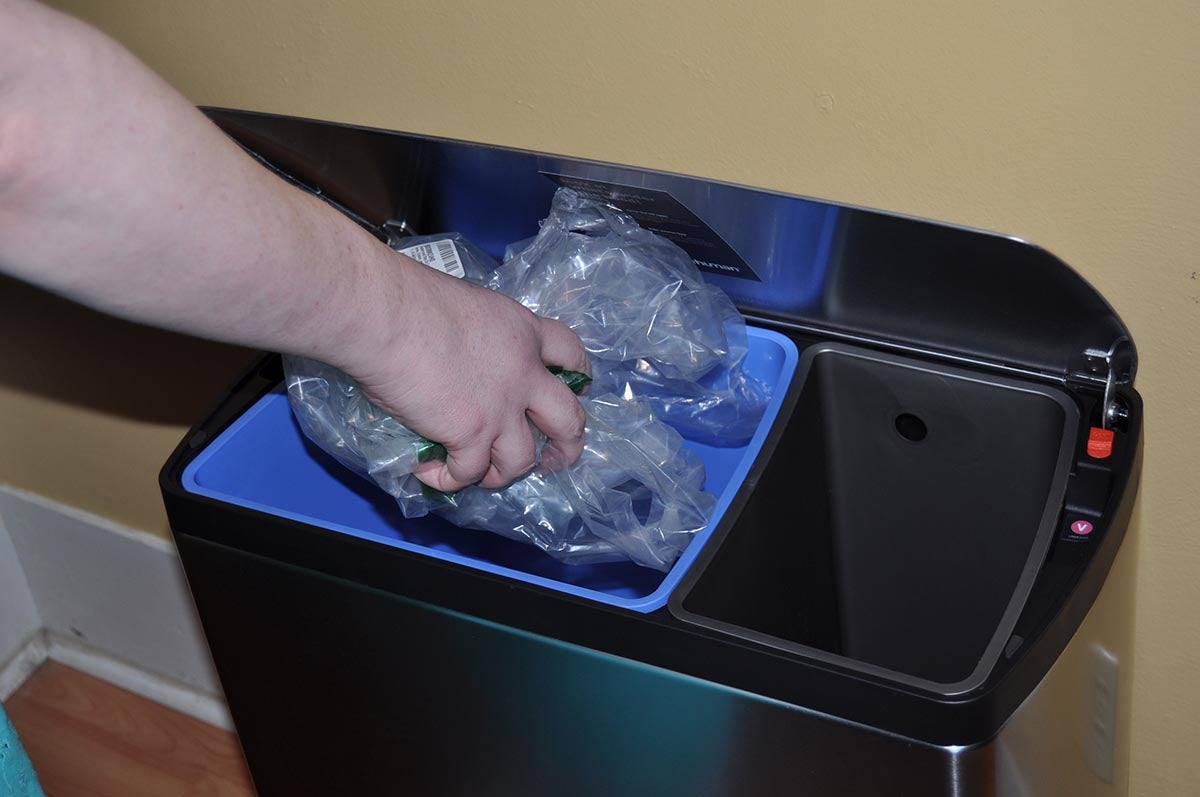
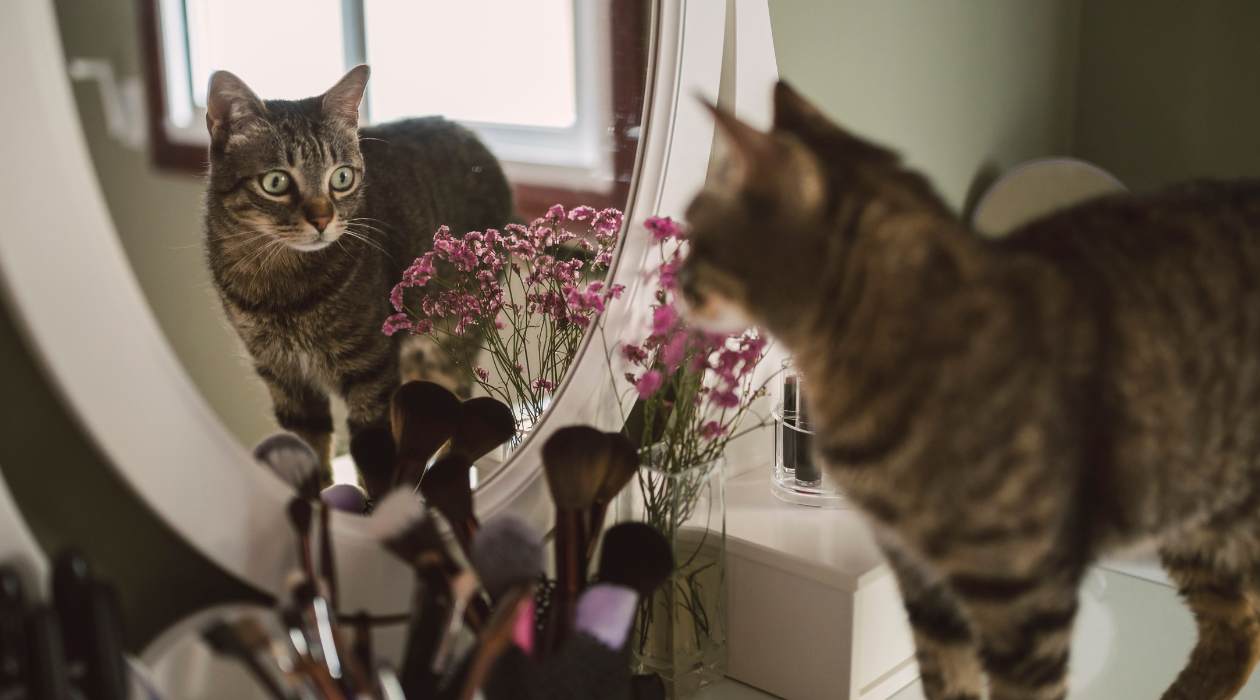
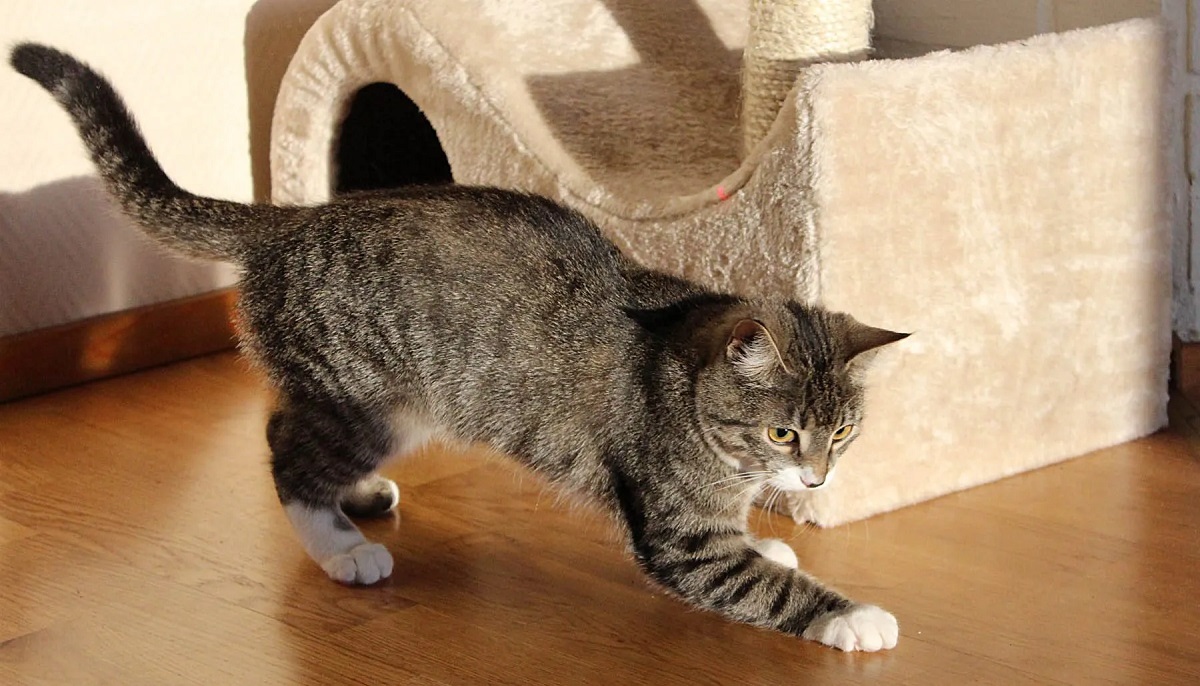
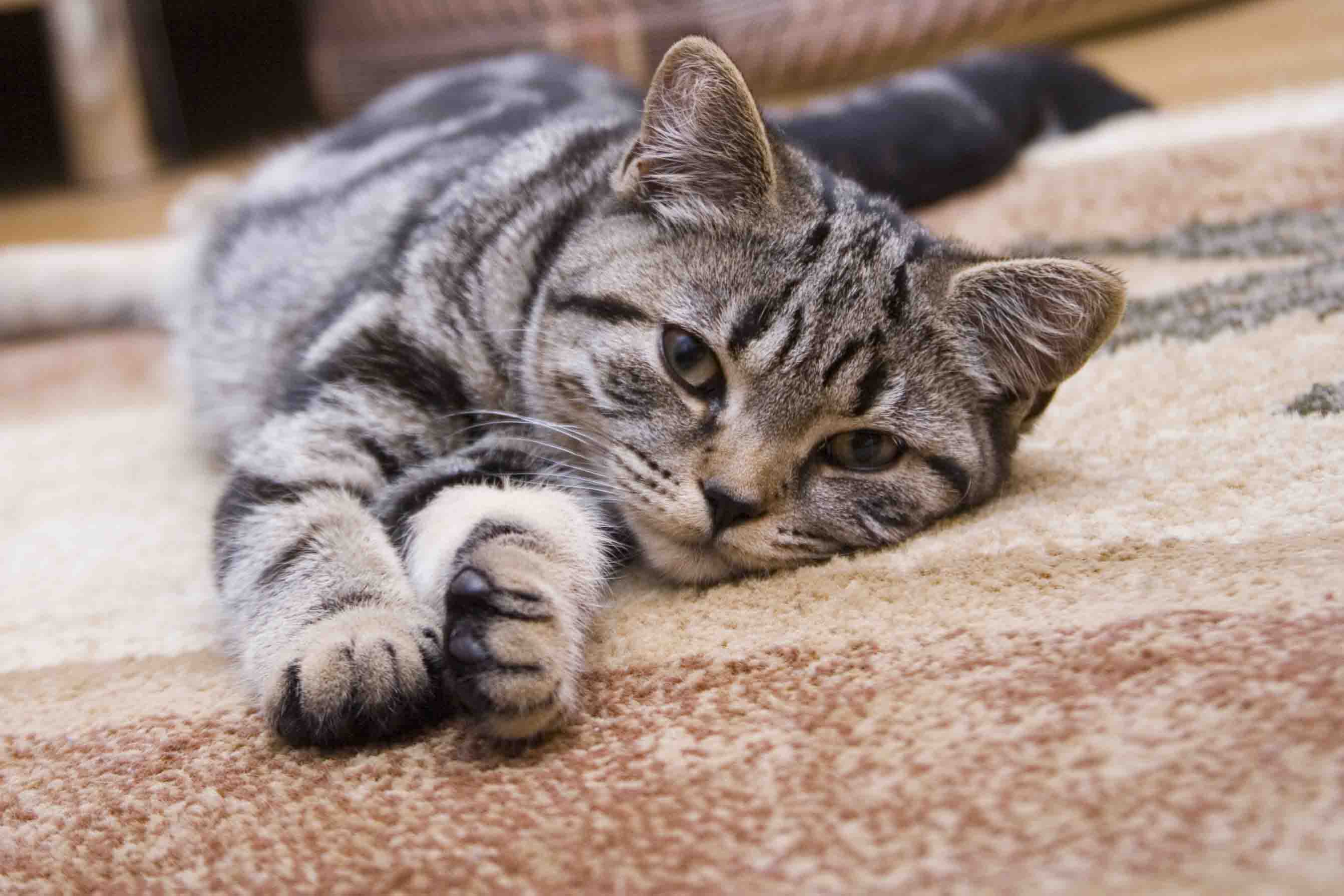
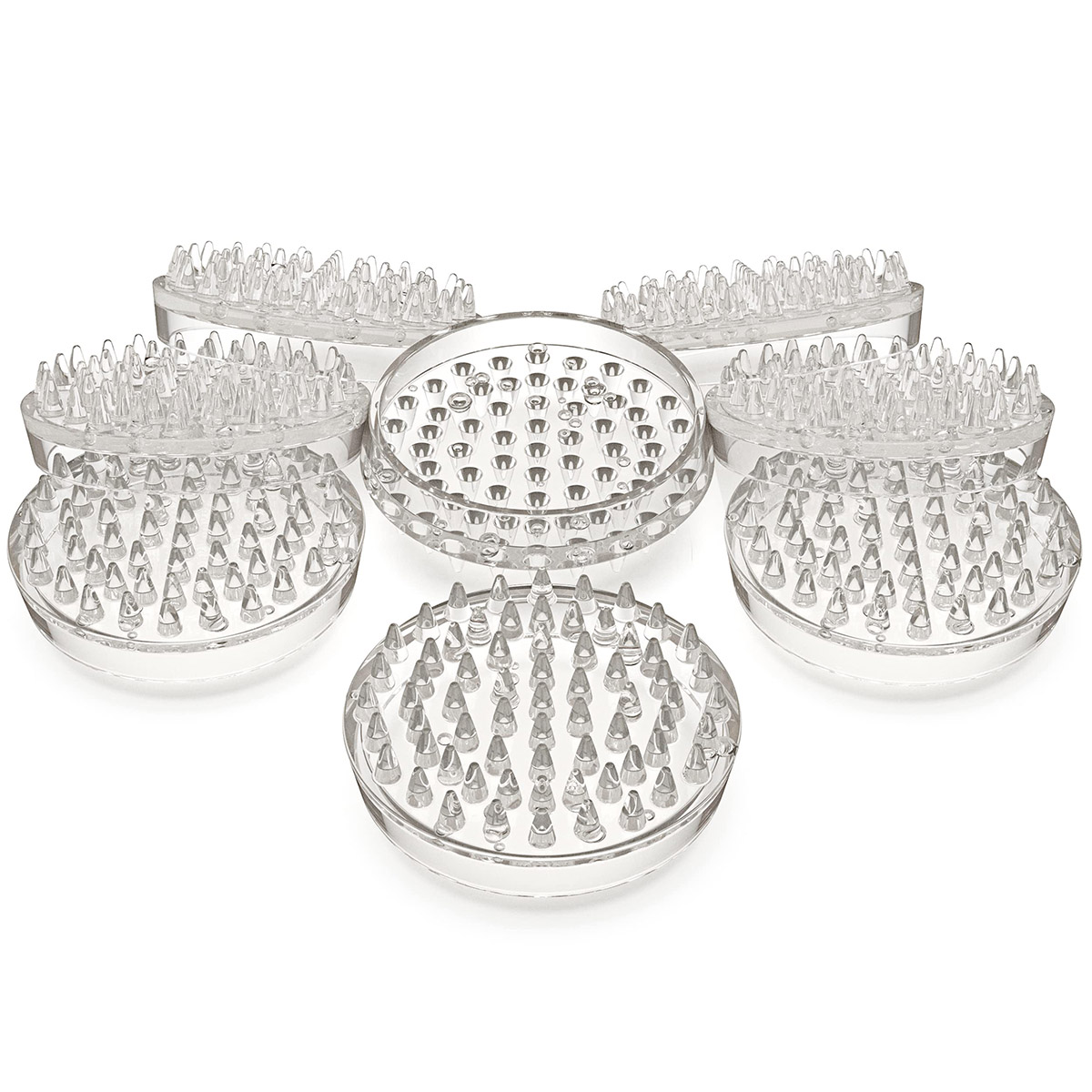
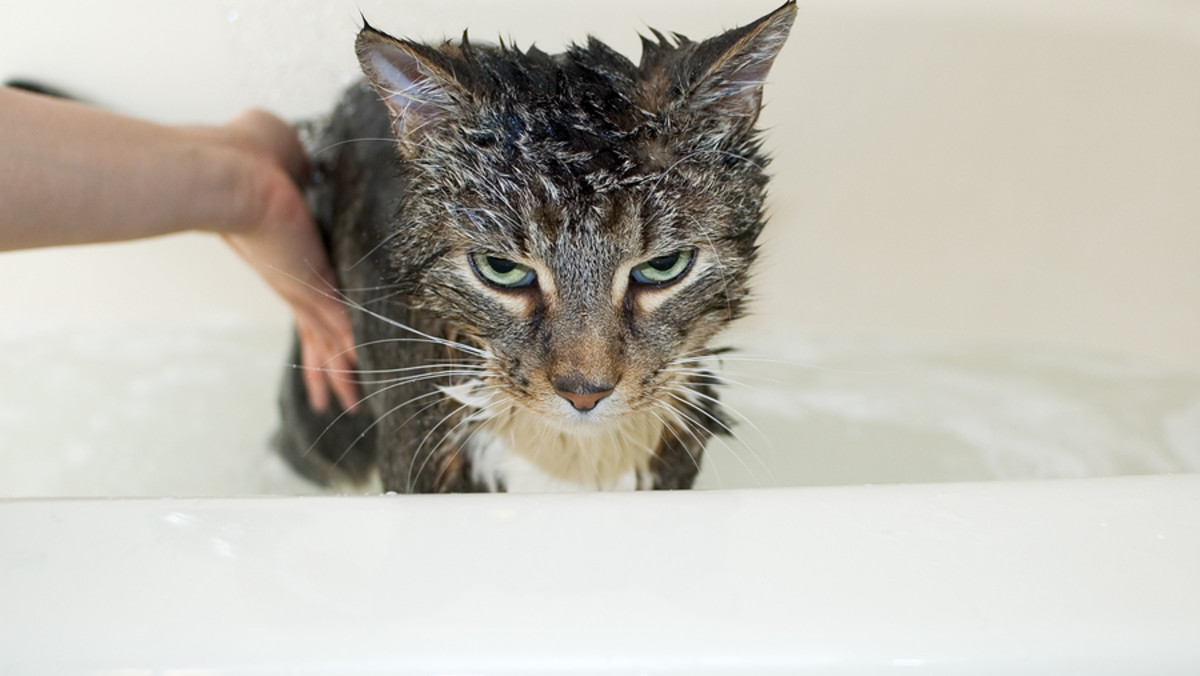
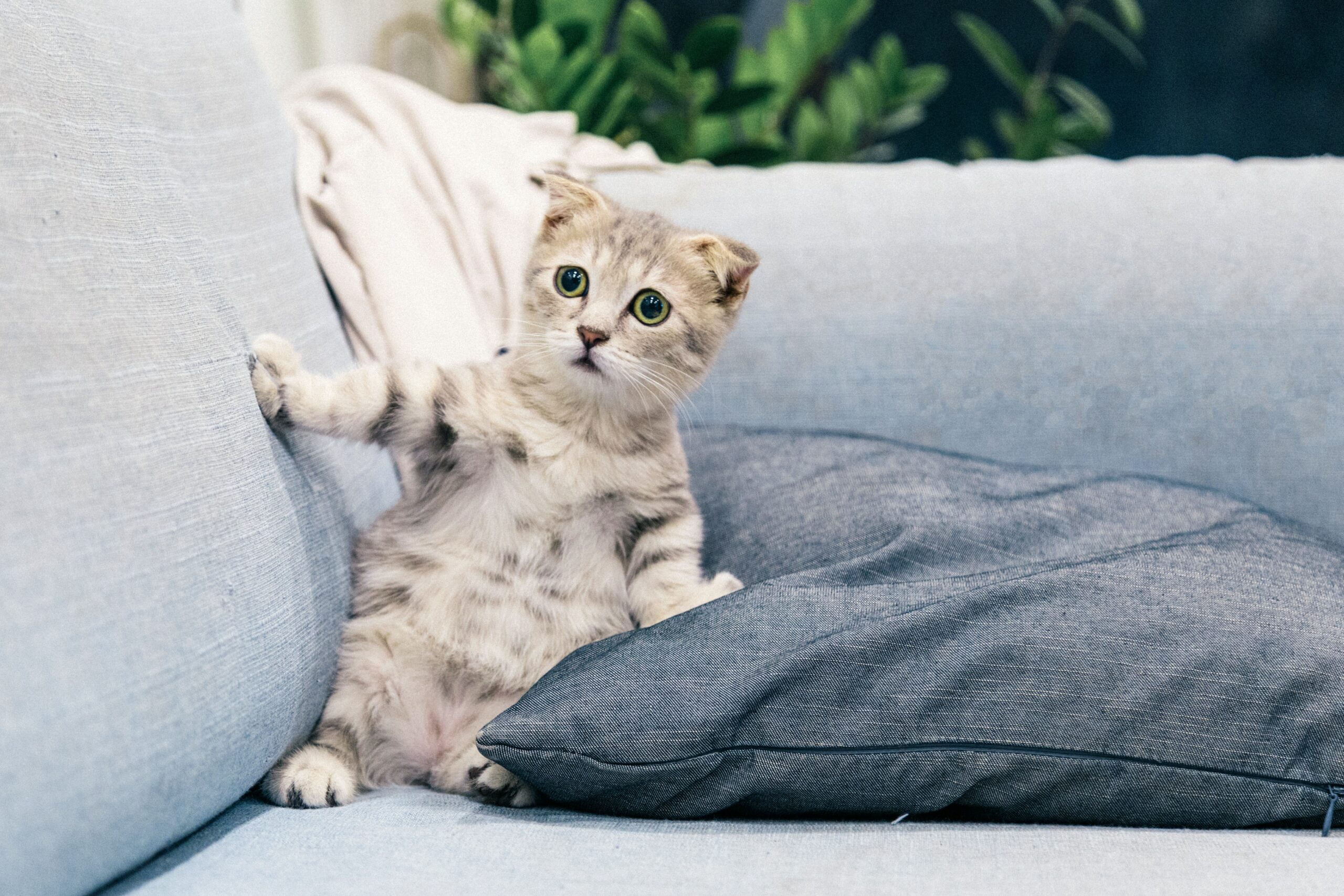
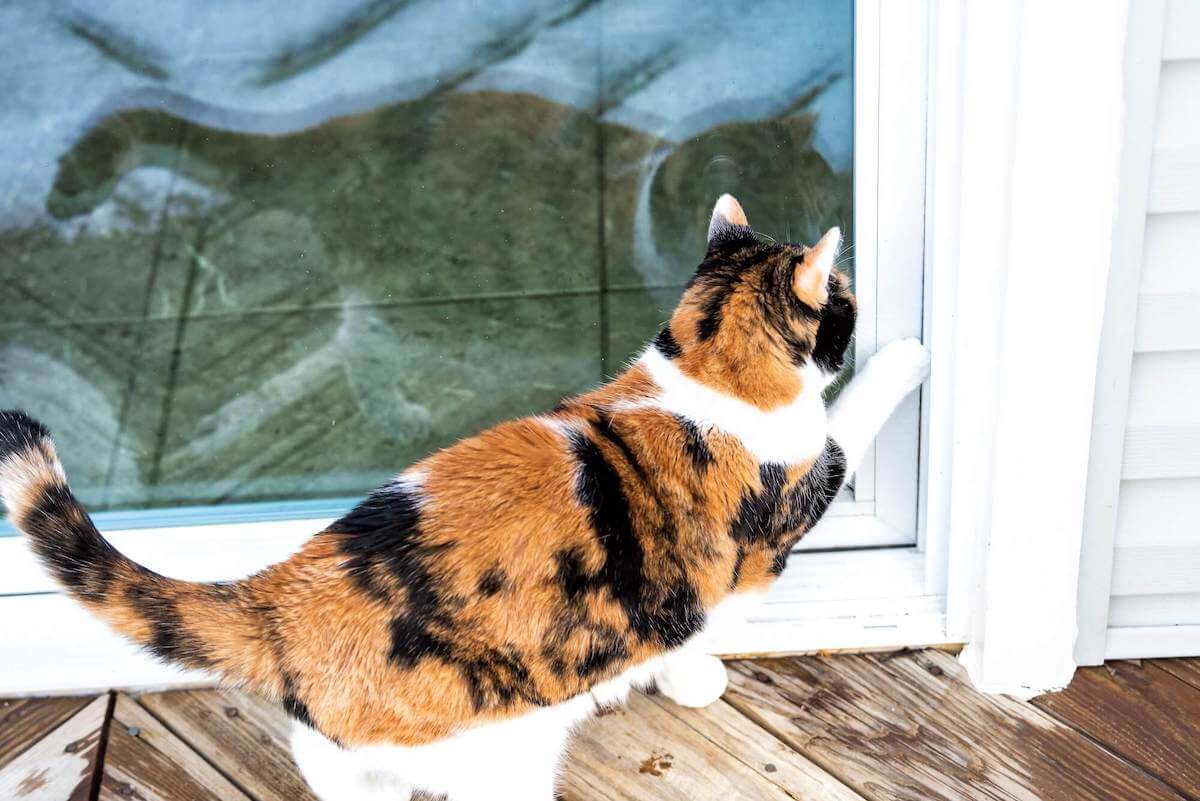
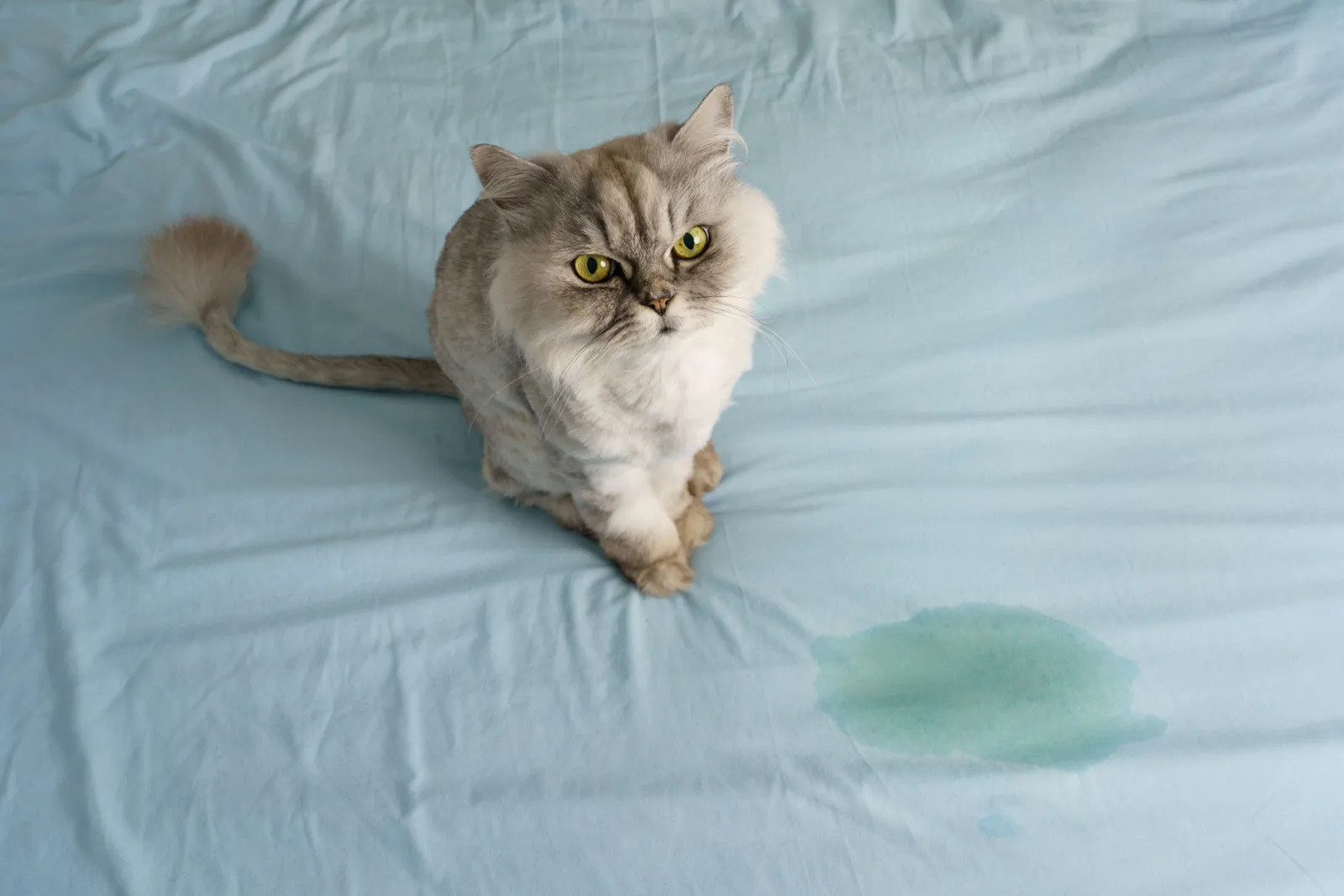
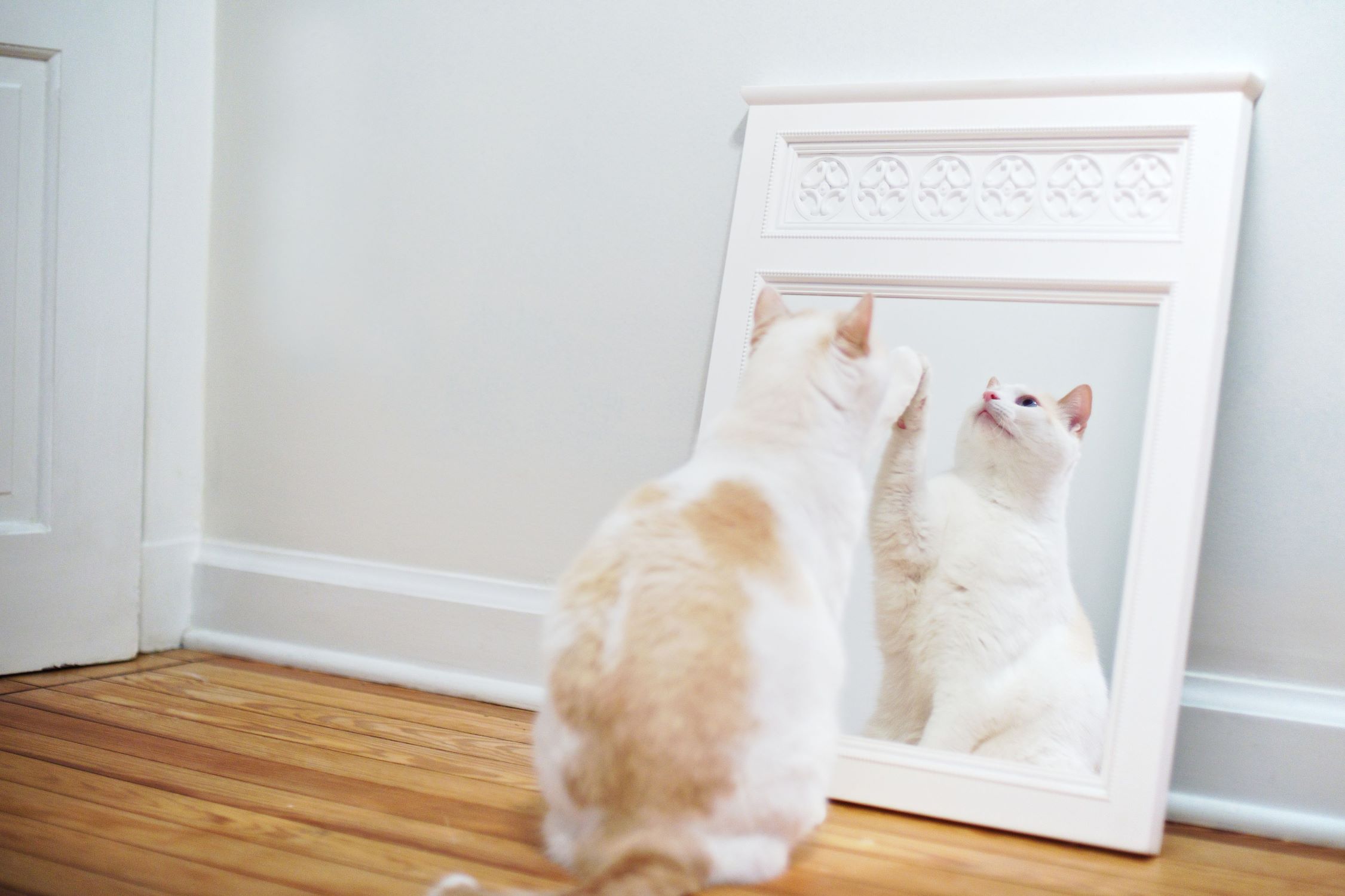



0 thoughts on “How To Prevent Cat Scratching Furniture”